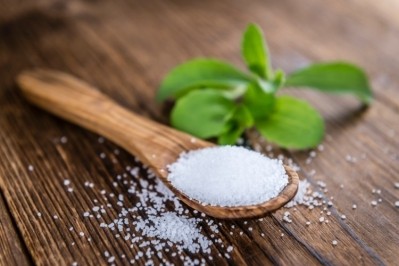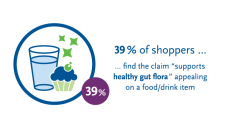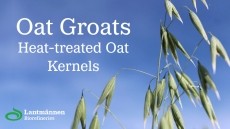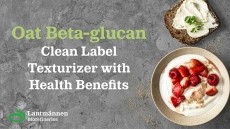Allulose approval in Europe to be sought by new ingredients consortium
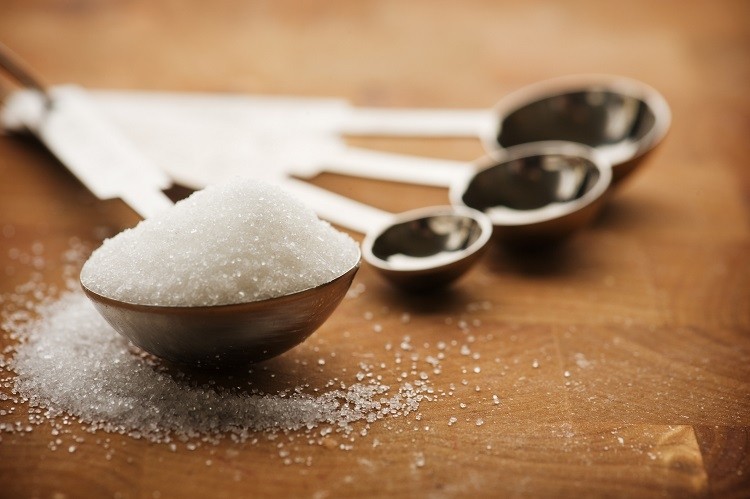
The newly formed Allulose Novel Food Consortium (ANFC) is made up of four ingredients companies: Sanyang Corporation from South Korea, Japan-based Matsutani Chemical Industry, European sugar beet-focused Cosun Beet Company, and US-headquartered Ingredion.
Their aim is to put allulose – a ‘novel food’ already approved in Japan, Mexico, Singapore, South Korea and the US – on European menus, in a move they say could reduce caloric content in some foods.
A sweet solution to sucrose?
Monosaccharide allulose is usually found in small quantities in wheat, fruit (including raisins), and figs. It is also found in molasses, maple syrup and brown sugar.
First identified in wheat in the 1940s, ingredients manufacturers today produce the rare sugar in large quantities through the use of enzymes from corn, sugar beet, or other carbohydrate sources.
So what is so special about allulose? Scientific studies have shown that allulose contributes 0.4 kcal per gram, meaning it has just 10% of the calories of sugar. In some countries, for example South Korea and Singapore, the ingredient is classified as ‘zero calorie’.
Further, allulose has similar functional properties to conventional sugar. Providing about 70% of the sweetness of regular sugar (sucrose), to also has a similar taste profile. Functional properties include bulking, browning, freeze-point depression, mouthfeel and texture. In addition, allulose does not crystalise in dairy products.
“Allulose can replace sugar 1-1 with the guidance of approved use levels. To give an example, one can take x% sugar out in a recipe and put x% allulose instead with similar characteristics to the sugar counterpart,” Debbie Levine, director of Global Scientific & Regulatory Affairs at Ingredion told FoodNavigator.
“One point to note is allulose has 70% the sweetness of sugar, so depending on the required sugar reduction level, a high potency sweetener, such as stevia, would be required to bring the sweetness up to the same level as the full sugar counterpart.”
Approval timeline
Allulose has received regulatory approval for commercialisation in a number of countries around the globe. And in some of these countries, notably the US, Columbia, and South Korea, the ingredient is not classified as a sugar for nutrition labelling purposes.
The US Food and Drug Administration (FDA), for example, advises that allulose can be excluded from specification of the total sugars and added sugars on nutritional labelling, but still included in the total amount of carbohydrates.
In Europe, allulose is classified a ‘novel food’, meaning it must be authorised for market authorisation by the European Food Safety Authority (EFSA) and the UK Food Safety Authority to be sold in these markets.
The ANFC expects to submit its novel foods petition within one year’s time. Once submitted, it anticipates a response within two to three years.
Unknown if safety studies will be required
FoodNavigator asked what key challenges the consortium may face in submitting an application to EU and UK regulatory bodies.
“This is an area that the consortium will be assessing as the members are planning to pool their safety data into a single filing,” Levine explained. “As we go through the process, we will determine if additional safety studies will be required.”
ANFC’s authorisation submission will not be the first attempt to get allulose on food tables in Europe. According to Ingredion’s scientific and regulatory affairs chief, there have been ‘several’ novel foods petitions to the European Commission, which are still under EFSA review.
“However, the review has been stalled, pending additional data.”
In the absence of a safety opinion from EFSA, last year the German Federal Institute for Risk Assessment (BfR) evaluated whether the use of D-allulose as a food ingredient could pose a health risk.
The assessment followed suggestions that another type of rare sugar, trehalose, was responsible for an increase in hospital infections with the highly virulent bacteria Clostridum difficile in the US.
The BfR assessed the possibility that a comparable risk is associated with the consumption of D-allulose, however based on currently available data, it concluded it is not yet possible to draw definitive conclusions on this question.

